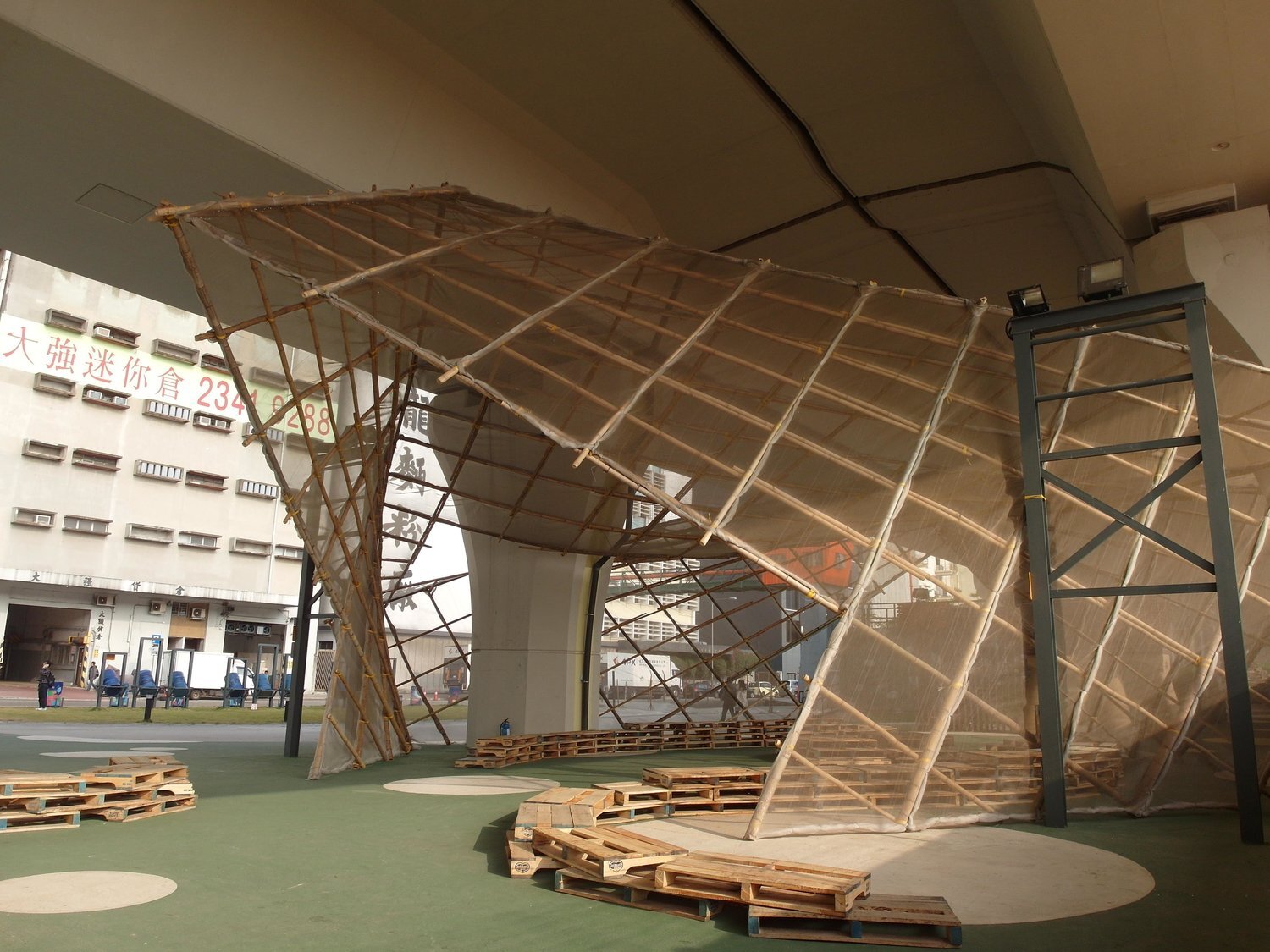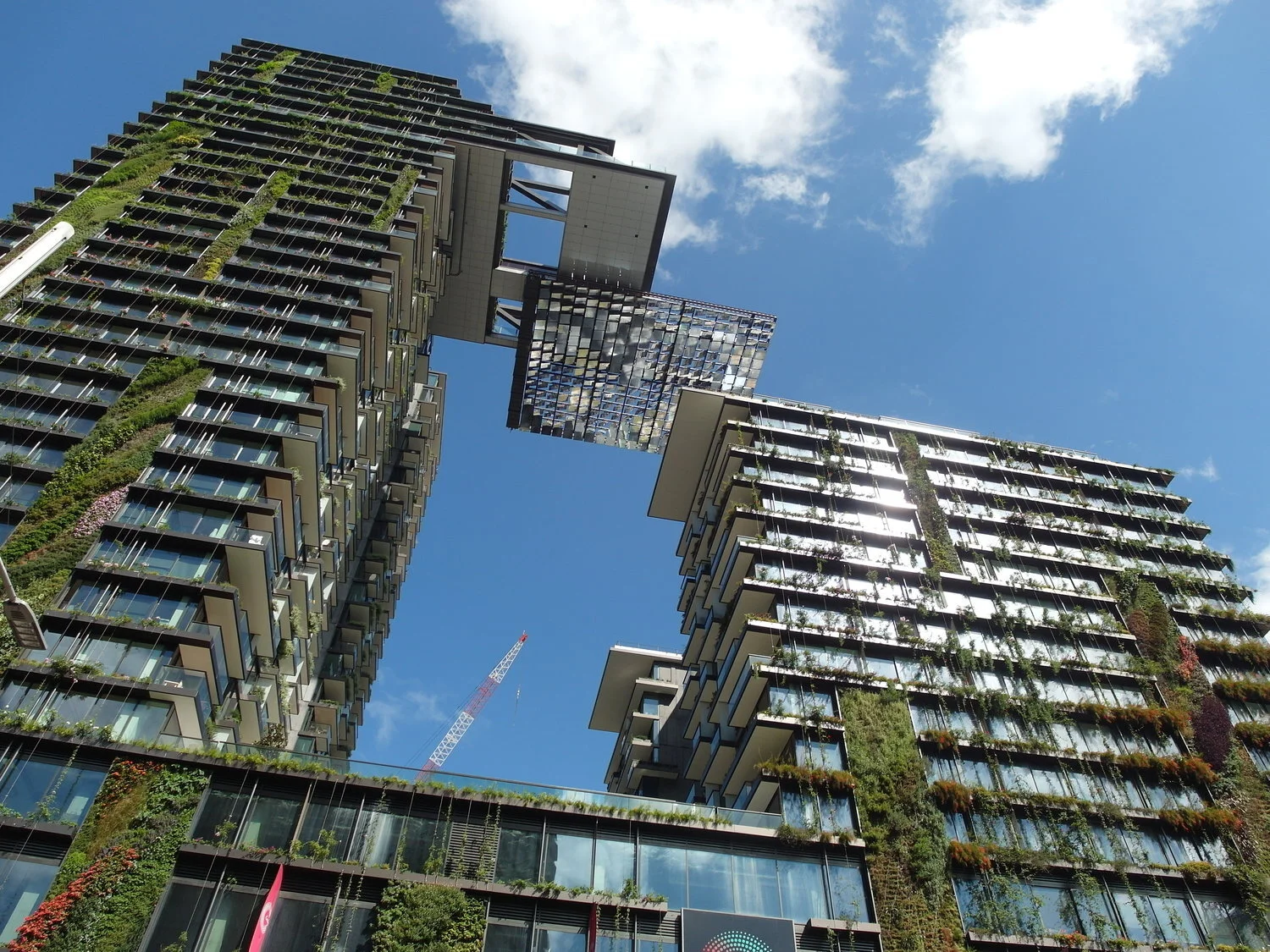As we continue our endeavour to reach endlessly toward the skies, the construction industry is faced with not merely how to keep these structures structurally stable, but also how to build the temporary scaffolding from which to erect these structures. Australia, on par with most other Euro-American nations opts for heavy steel frames, seen as “the most diverse and technologically advanced system” (CoatesHire, 2014). Cities such as Hong Kong however offer a potentially more sustainable solution, the dried and treated plant, bamboo.
Read MoreIn our time of globalised capitalism, office towers are often designed as glittering testaments to design, innovation and the triumph of man. The same however cannot be said of Torre de David, an office tower conceived in the 1990s now better known as the world’s tallest vertical slum. The tower provides an intriguing example of how extremely poor people have had enough of oppression and are now making use of one of the “failures of capitalism” (Vocativ, 2013). Indeed, in a city where “70% of the Caracas residents live in slums” (Demilked, 2014), Torre de David offers these people a chance to live in their own designer affordable housing.
Read MoreArchitecturally speaking, the industrial typology of factories has always served as both inspiration and frustration. While modernism has seen the virtues of industrial warehouses as the ideal balance between space and expression with no ornamentation, others have lamented its lack of human warmth and relationship to a natural landscape. Enter Thomas Heatherwick. Sadly now postponed indefinitely, his Teeside Biomass Power Station in the United Kingdom represented a deconstruction of the factory typology and attempts to melt in a natural landscape with what can otherwise be described as the dull industrial process of electricity generation.
Read MoreThe startlingly provocative framed image of wind turbines caught my attention as a postcard collected during one of my weekend coffee trips through the inner suburbs. Turning it over I discovered an interesting advertisement for a company known as Australian Ethical Investment, which describes itself as a firm which places money in “a clean energy future instead.” This prompted me for this particular post to look at the wider social implications of sustainability and opportunities for investment.
Read MoreIt is a truth, universally acknowledged that anyone who lives in Sydney, inevitably criticises the failure of its public transport. Only in 2012, the Sydney Morning Herald reported that major auditing firm PricewaterhouseCoopers had identified Sydney as “forth worst major city in the world for transport and infrastructure” (Munro, 2012). The report, known as Cities of Opportunity did however, reprieve the city by naming it the most sustainable (PricewaterhouseCoopers, 2012) and how this can be the case when Sydney also has some of the worst performing buildings and urban sprawl is beyond me. Nonetheless for me, the report’s findings begged an investigation of urban sustainability and its relationship to transport infrastructure.
Read MoreI have noticed that almost all of my posts so far concerning the issue of sustainability have had a focus on green architecture and urbanism. Today therefore, I want to take a step in a new direction and examine the statement of arguably one of the greatest figures of architecture today, Dame Zaha Hadid. In a recent interview where she was asked about the over 800 migrant worker deaths that have occurred in constructing her 2022 FIFA World Cup Qatar Stadium, she boldly declared that it was the duty of governments to protect workers and that “It’s not my duty as an architect to look at it” (Dezeen Magazine, 2014). This statement was in a way furthered a month later by her company’s director, Michael Schumacher, who took to Facebook to declare that we must “STOP political correctness in architecture.” (Schumacher, 2014). While I am of course unable to go into depth about these issues, I do want to point out that this of course raises the interesting question of who should be in charge of managing the morality of our social fabric.
Read MoreArguably one of the most innovative residential-commercial projects to go up in Sydney recently, I want to focus today on Central Park’s two key elements of its sustainable significance: The Green Wall and The Heliostat. Neither of these ideas are particularly new, the heliostat’s reflection into an atrium going as far back as Foster’s HSBC Building in the mid-1980s, though certainly no green wall as yet can match One Central Park’s scale.
Read MoreWhile reading a piece entitled “Raised to Observe: Glenn Murcutt”, I decided to relate this interview to a personal experience for this particular post. Between July and December 2013, I was fortunate enough to have personally met and been a student of Professor Glenn Murcutt in his Regional Design Graduation Studio. It is only with hindsight that I realised it was in fact the first time the issues of sustainability and building systems had ever been raised in my design courses which perhaps does show that as a student of architecture, we don’t give much thought to how our design or the processes of realising our designs will actually impact on the environment.
Read MoreIt is not often for Hong Kong people to descend into humour such as this but sadly, with smog now blanketing up to 30% days in the year, this internet meme represents how the citizens of my home city have certainly become resigned to the apparent ‘inevitable consequences’ of urbanisation and modernity. Once known in Chinese as the “Fragrant Harbour” (literal translation of terms), Hong Kong has certainly seen and smelled better days.
Read MoreIncidentally, my research for this article originally stemmed from no particular focus into sustainability. Moreover, my interest was first sparked through reading Edward Ford’s 1997 essay, “The Theory and Practice of Impermanence”, which focused on an examination of what constituted western notions of history and preservation of architecture, comparing it to Japanese practices of ‘ritual rebuilding’, celebrating the “intangible essence within its style [of construction]” (Ford, 1997). While discussing this area of a theory of impermanence within architecture however, I also became very conscious of the undoubtedly unsustainable manner of construction and design in recent architectural history.
Read MoreIt was while one my way to University today, passing a petrol station under renovation that caught my attention and informed today’s article. While a large banner may have blocked part of my view, the sounds were certainly unmistakeable. A large excavator was hard at work, repeatedly smashing down on the steel frame roof of what used to be a petrol station. By the time I had returned from lunch, the workers had left and a mangled pile of metal lay, surrounded by shattered pieces of glass and fragments in every direction.
Read MoreSustainability is undoubtedly the word of our times. Everywhere we go, we hear of strives being taken to limit emissions, to improve living and to live without compromising the needs of future generations. Within architecture and building however, a new paradox has arisen, identified by prominent architectural writer, Peter Buchanan. In his 2011-2012 series, The Big Rethink, he posited that sustainability cannot fundamentally be achieved with current practice in architecture because Modernism is fundamentally “an energy-profligate, petrochemical architecture, only possible when fossil fuels are abundant and affordable.” (Buchanan, 2012)
Read More











